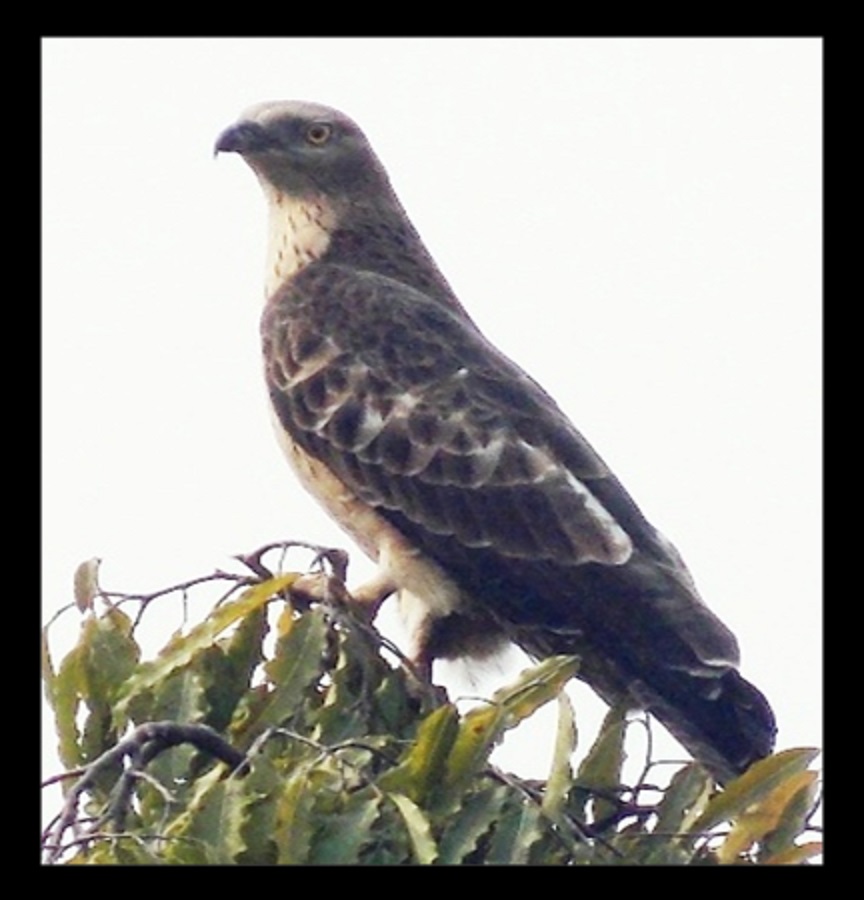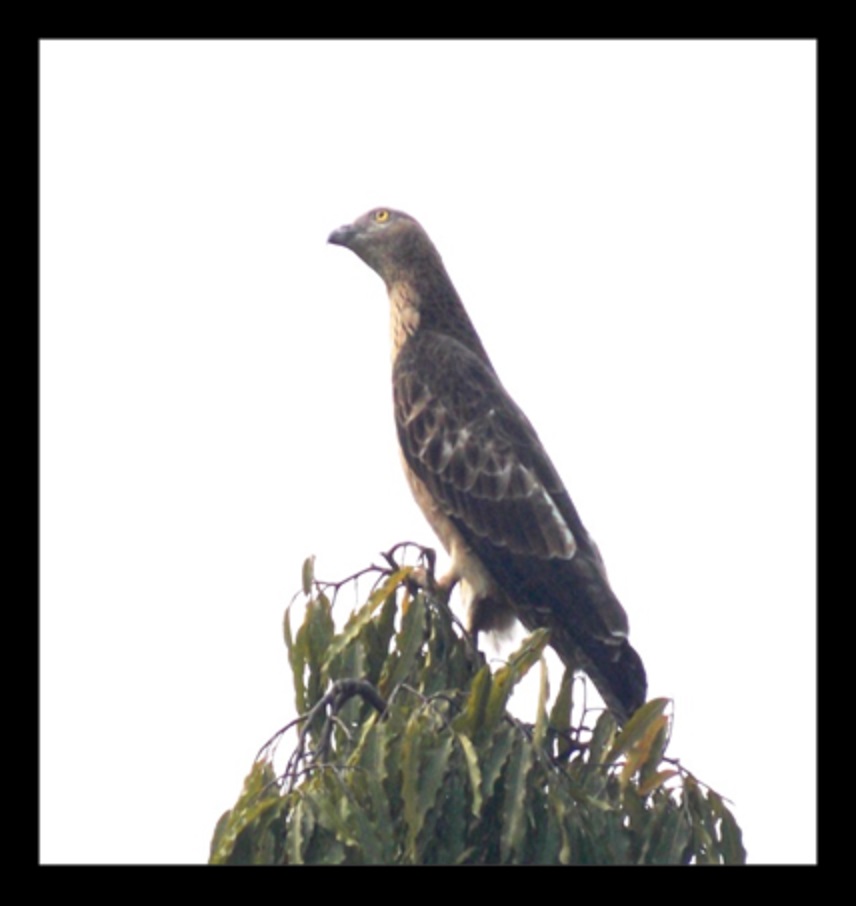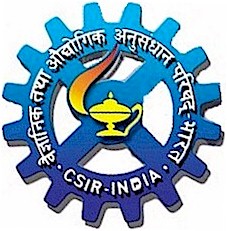(Accipiter badius)


The Shikra is found in a range of habitats including forests, farmland and urban area of campus and around area. They feed on rodents, squirrels, small birds, small reptiles (mainly lizards but sometimes small snakes.
The Shikra (Gmelin) is a small raptor (26-30 cm long) and like most other Accipiter hawks, this species has short rounded wings and a narrow and somewhat long tail. Adults are whitish on the underside with fine rufous bars while the upperparts are grey. The lower belly is less barred and the thighs are whitish. Males have a red iris while the females have a less red (yellowish orange) iris and brownish upperparts apart from heavier barring on the underparts. The females are slightly larger. The breeding season in India is in summer from March to June. The nest is a platform similar to that of crows lined with grass. Both sexes help build the nest, twigs being carried in their feet. Like crows, they may also make use of metal wires. The usual clutch is 3 to 4 eggs (when eggs are removed they lay replacements and one observer noted that they could lay as many as 7 in a season which are pale bluish grey stippled on the broad end in black. The incubation period is 18 to 21 day.
The call is pee-wee, the first note being higher and the second being longer. In flight the calls are shorter and sharper kik-ki...kik-ki... The shikra was a favourite among falconers in India and Pakistan due to the ease with it could be trained and was frequently used to procure food for the more prized falcons. They were noted for their pluck and ability to take much larger birds including partrigdes, crows and even young peafowl.
The Shikra (Gmelin) is a small raptor (26-30 cm long) and like most other Accipiter hawks, this species has short rounded wings and a narrow and somewhat long tail. Adults are whitish on the underside with fine rufous bars while the upperparts are grey. The lower belly is less barred and the thighs are whitish. Males have a red iris while the females have a less red (yellowish orange) iris and brownish upperparts apart from heavier barring on the underparts. The females are slightly larger. The breeding season in India is in summer from March to June. The nest is a platform similar to that of crows lined with grass. Both sexes help build the nest, twigs being carried in their feet. Like crows, they may also make use of metal wires. The usual clutch is 3 to 4 eggs (when eggs are removed they lay replacements and one observer noted that they could lay as many as 7 in a season which are pale bluish grey stippled on the broad end in black. The incubation period is 18 to 21 day.
The call is pee-wee, the first note being higher and the second being longer. In flight the calls are shorter and sharper kik-ki...kik-ki... The shikra was a favourite among falconers in India and Pakistan due to the ease with it could be trained and was frequently used to procure food for the more prized falcons. They were noted for their pluck and ability to take much larger birds including partrigdes, crows and even young peafowl.


